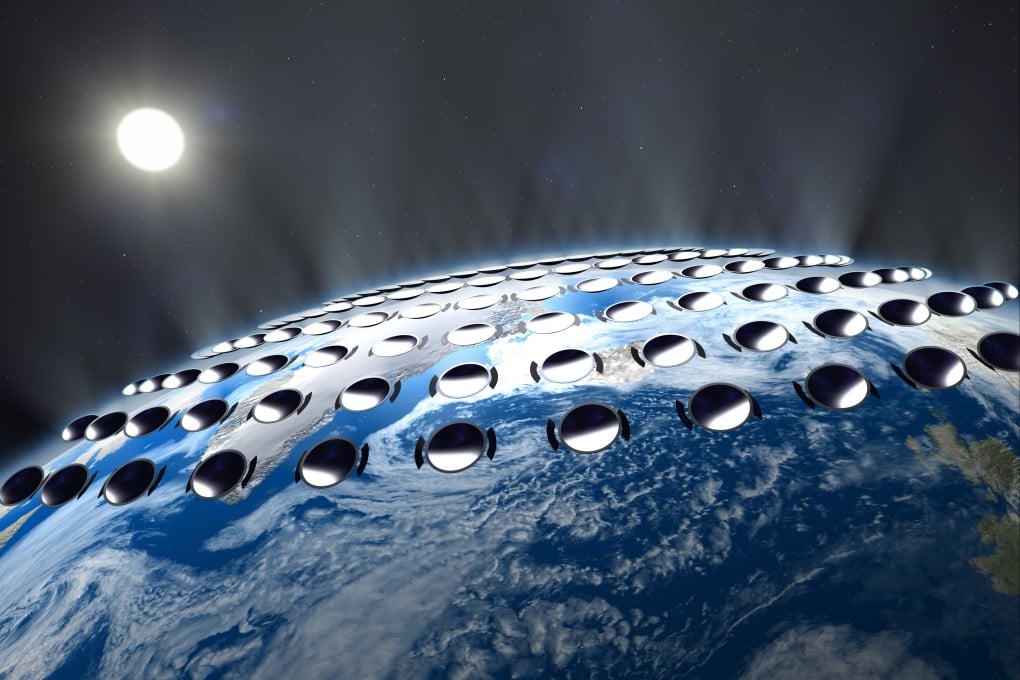Can climate change be halted by space mirrors and high-altitude balloons spewing sulphate, or is this science fiction?
- Reflecting sunlight into space may undo global warming, but scientists’ ideas of how to do it border on sci-fi. Are they on to something, or playing with fire?

In 2007, a document believed to be from a United States government report made its way into the public domain. Within its turgid pages, one line caught the attention more than most:
“Modifying solar radiance may be an important strategy if mitigation of emissions fails. Doing R&D to estimate the consequences of applying such a strategy is important insurance that should be taken out.”
It has been posited by some scientists that reflecting just 1 per cent of sunlight intensity back into space could compensate for all the greenhouse gas released since the industrial revolution.
In other words, we would build a gigantic parasol in outer space and try to position it between the Earth and the sun. At least some of the radiation that comes in from the sun would then be obstructed before it hits our planet and the average temperatures on the surface of the Earth would begin to fall.

Would it work? Well, theoretically yes, but it would be incredibly difficult to build and might not be ready until long after some terrible climate apocalypse has already destroyed the Earth.
In addition, it’s difficult to predict the long-term impact of a simple mirror in one specific location. On a day-to-day basis, the Earth’s climate is reasonably predictable, partly because the forces that act upon it are more or less the same each day.